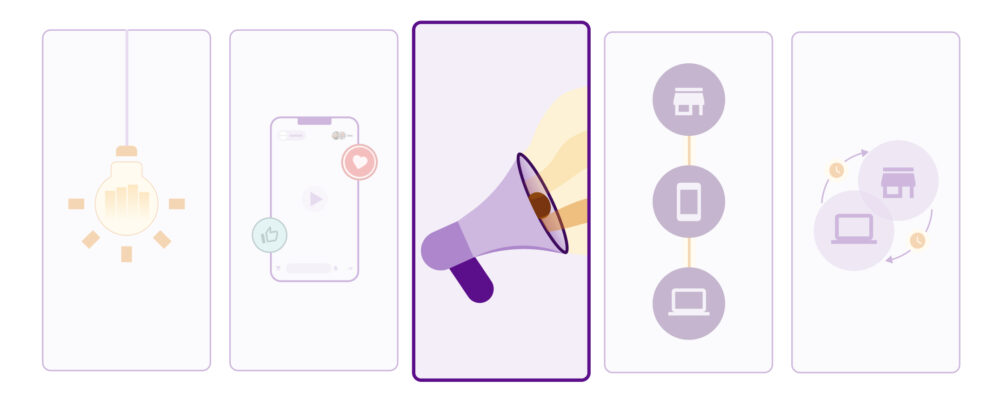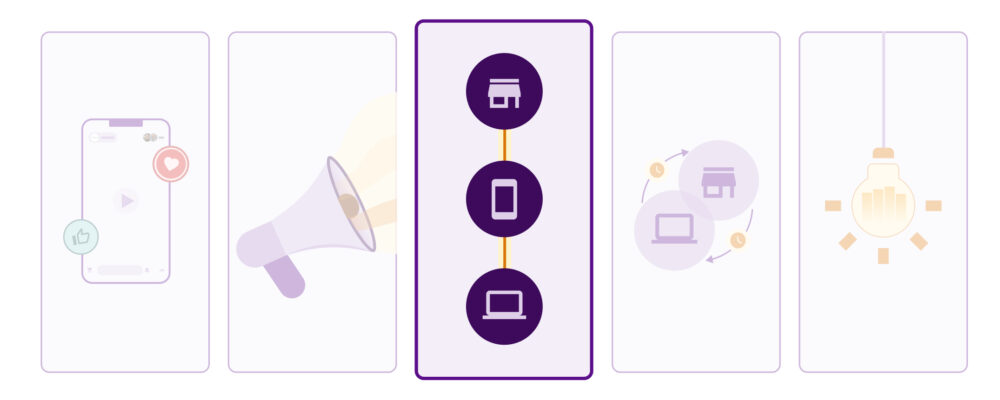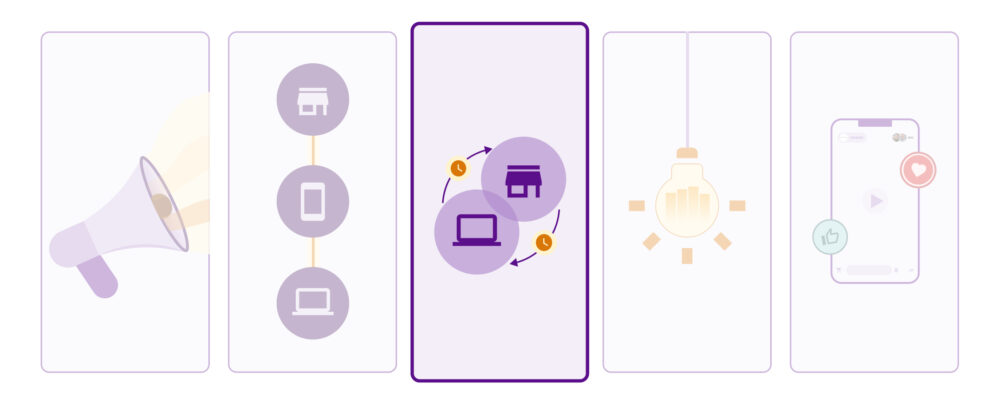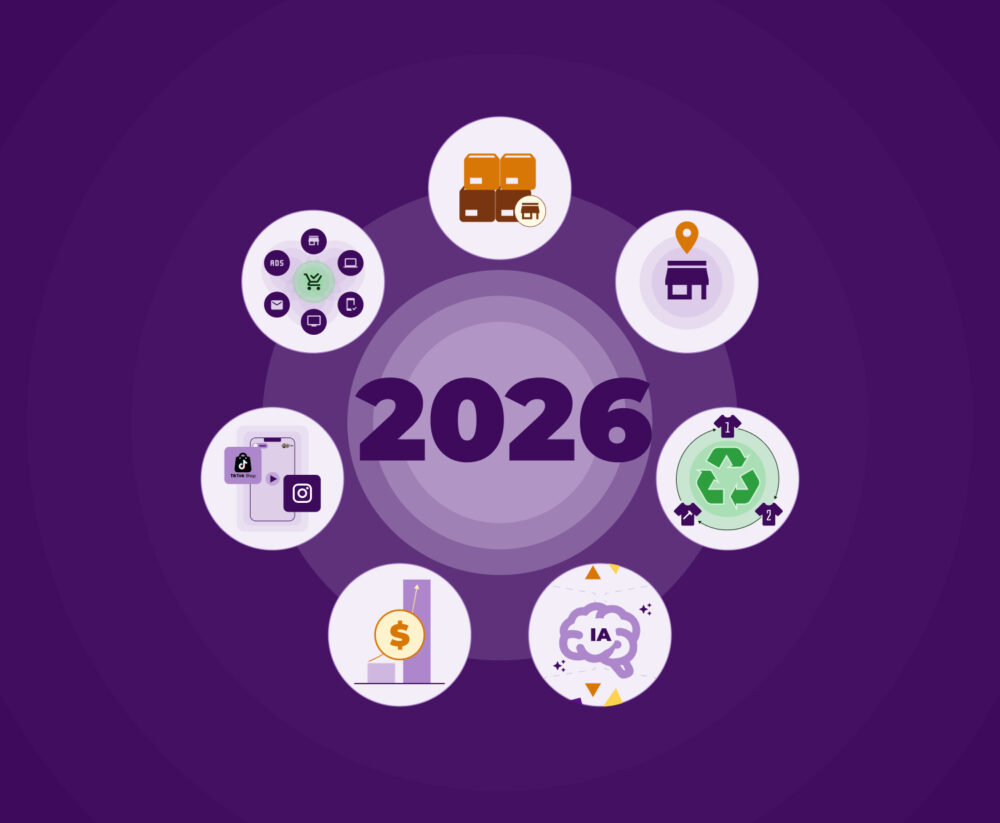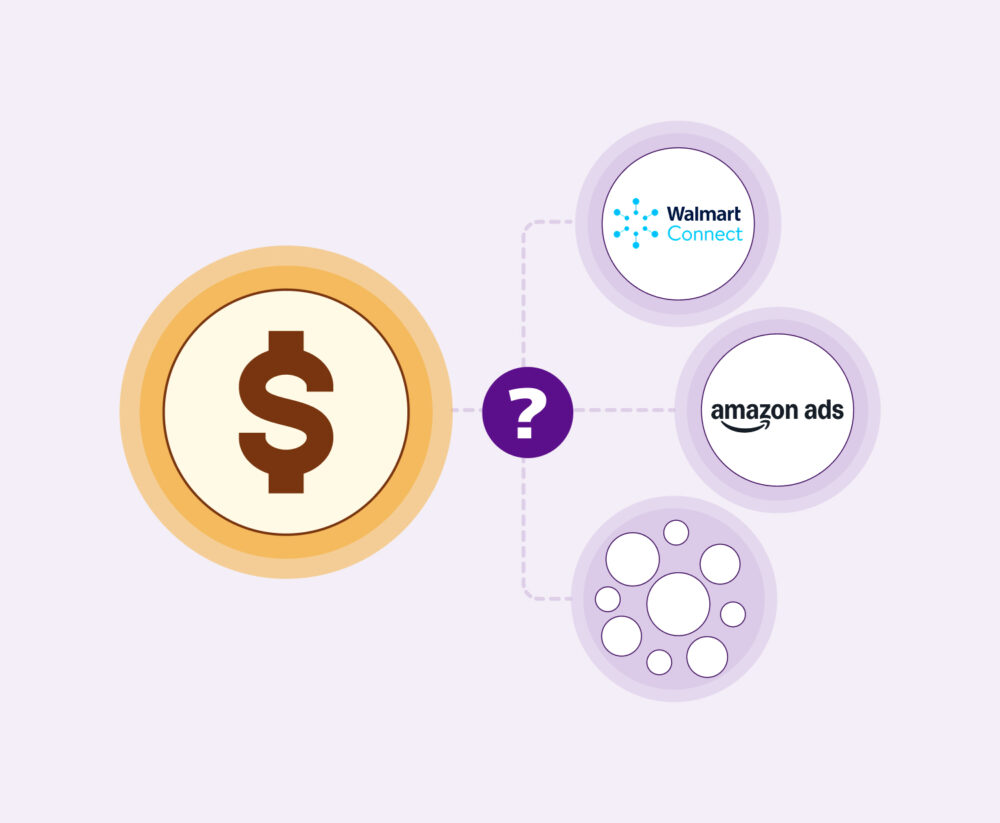Anticipate the unexpected: 5 emerging KPIs to get ahead of the competition in 2025
It was a typical Tuesday morning when the Commercial Director of a fashion chain received the notification that would change his strategy for ever. His main competitor had just launched a 30-minute delivery service that was revolutionising the shopping experience in his city. Social media was flooded with positive comments, the competitor’s sales soared, and customers began to wonder why their favourite shop didn’t offer the same service.
The most frustrating part of all this wasn’t the loss of market share. It was the feeling of having arrived late to a party that had been in the planning for months. The signs were there: the investments in technology, the changes in the management team, the pilot tests in other cities. But no one in his organisation had spotted them in time.
This scene is repeated every day in thousands of companies in the retail sector. To give you a few examples, here are four real-life retailers that launched the same service, surprising their competitors: Walmart, Alibaba and JD.com, and Aldi.
While teams are focused on analysing last month’s sales or inventory turnover, the competition is planning its next strategic move. The question you should be asking yourself is: what if you could have seen it coming six months earlier?
In a world where digital transformation has accelerated the pace of change, the ability to anticipate competitive moves has become a decisive competitive advantage. It’s not just about reacting faster, but about acting before you even need to react.
Why do you need emerging indicators for Competitive Intelligence in 2025?
Traditional retail indicators have served us well for decades. Sales per square metre helped us understand the productivity of our physical spaces. Inventory turnover showed us our operational efficiency. Gross margin indicated the financial health of the business. These indicators are still important, but they have a fundamental limitation: they are reactive.
When sales per square metre drop, the damage is already done. When inventory turnover slows, demand problems have already impacted the business. These traditional indicators are like a car’s speedometer: they tell you what has happened, but they don’t help you anticipate what’s coming.
The current environment demands a completely different approach. We live in an ecosystem where the boundaries between the physical and digital have completely blurred. Customers expect seamless experiences that combine the best of both worlds. The companies that succeed are those that manage to integrate their sales channels, inventory systems and marketing strategies into a coherent whole.
In this context, we need KPIs that help us understand both what is happening and what is about to happen. Metrics capable of analysing a competitor’s strategy beyond their visible results. Indicators that detect emerging trends before they become massive market shifts.
Competitive Intelligence in 2025 requires a predictive and proactive mindset. It’s about identifying patterns, detecting weak signals, and turning scattered information into actionable insight. The five indicators we present below are designed specifically for this new retail paradigm, where the physical and digital combine to create unique customer experiences.
5 essential KPIs to get ahead of the competition
KPI 1: Share of Voice and Brand Sentiment
Share of Voice measures what percentage of the online conversation about your sector each competitor is dominating. But in 2025, it’s not enough to measure volume. It’s crucial to understand the sentiment surrounding those conversations and how it evolves over time.
This indicator helps you detect changes in brand perception before they are reflected in sales. When a company starts to generate positive conversations about a new value proposition, that is your early warning sign. For example, if you detect that a competitor is generating positive buzz about sustainability three months before launching an eco-friendly line, you have time to prepare your own response.
The key is to combine social listening tools with advanced sentiment analysis. It’s not just about counting mentions; it’s about understanding the emotional context and the intent behind each conversation. To implement this indicator, you need to set up automatic alerts that notify you when sentiment towards a competitor changes significantly. It’s also important to segment the analysis by customer type, communication channel and geographical region.
KPI 2: Omnichannel Capability Index
The Omnichannel Capability Index measures how well integrated your competitors’ shopping experiences are across all their touchpoints. In 2025, the omnichannel experience is not just a differentiator; it’s a basic customer expectation.
This indicator assesses elements such as inventory synchronisation between channels, the consistency of prices and promotions, the seamlessness of the online purchase and in-store collection process (click and collect), and the ability to offer consistent after-sales service regardless of the initial purchase channel.
To calculate it, you can create a matrix that assesses different aspects of each competitor’s omnichannel experience. Assign scores from 1 to 5 in categories such as product availability, price consistency, delivery options, returns experience and customer service quality. A competitor that consistently improves in these areas is building a sustainable competitive advantage.
Implementing this indicator requires a coordinated effort between different teams. You need people to regularly test competitors’ shopping experiences, document inconsistencies and identify improvements.
KPI 3: ‘Phygital’ Adoption Speed
Forget about counting how many tills or fitting rooms your competitor’s shop has. In 2025, those metrics are history. The real question is: how quickly are they integrating digital technology into their physical operations?
‘Phygital’ Adoption Speed measures the speed and sophistication with which a competitor implements technologies that merge the physical and digital worlds, impacting both the customer experience and operational efficiency.
Phygital technology has become the central nervous system of the modern store. A competitor that accelerates its adoption isn’t just decorating its premises; it’s building an efficiency and personalisation machine capable of optimising inventory in real time, eliminating queues through self-checkout, personalising experiences and capturing valuable customer data.
Consider this scenario: your main competitor refurbishes a store, installing numerous cameras and sensors on the ceiling. The mistake would be to interpret this as a security upgrade. The correct strategic reading is: “They are testing a till-less format, Amazon Go-style.”
This isn’t a simple improvement; it’s a seismic shift. It’s a direct attack on their cost model (fewer staff), a revolution in their data capture capabilities (they’ll know exactly which product you pick up, which one you put down, and where you move), and the prelude to an aggressive expansion based on a more efficient operating model. That signal, spotted in time, gives you a 12 to 18-month window to prepare your counter-strategy. Spotting it late is, quite simply, to start playing yesterday’s game.
KPI 4: Innovation Metrics (new launches and product iterations)
Innovation metrics measure the frequency and quality of your competitors’ new product or service launches. In 2025, the ability to innovate constantly has become a critical differentiating factor.
This indicator assesses how many new products each competitor launches, and also how disruptive those launches are. A competitor that launches five incremental products is less of a threat than one that launches a product that completely redefines the category.
To implement this indicator, you need to create a system that catalogues and assesses each competitor launch. This includes physical products, digital services, and new shopping experiences. Each launch should be evaluated in terms of its disruptive potential, its alignment with market trends, and its ability to generate a competitive advantage.
It is also important to analyse the time between launches and the quality of execution. A competitor that maintains a steady pace of well-executed innovation is building an organisational capability that will be difficult to replicate.
KPI 5: Competitor Customer Engagement
Competitor customer engagement measures how engaged customers are with your competitors’ brands. In the digital age, customer engagement is a more reliable predictor of future success than traditional sales metrics.
This indicator includes elements such as the frequency of social media interaction, participation in loyalty programmes, the recommendation rate, and the time customers spend on the competitor’s digital channels. It also considers the quality of those interactions and how they evolve over time.
To measure it, you need to combine public data with market research. You can analyse social media interactions, review customer feedback, and conduct surveys to understand how customers perceive different brands. The key is to identify patterns that indicate an increase in engagement with competitor brands.
A sustained increase in customer engagement with a competitor is an early warning sign. It indicates that they are building stronger relationships that will eventually translate into greater loyalty and better financial results.
How to implement these indicators in your organisation
The successful implementation of these indicators requires a systematic approach and commitment from the entire organisation. It’s about creating a culture that values Competitive Intelligence as a strategic advantage.
The first step is to establish a team dedicated to Competitive Intelligence. This team should include people with skills in data analysis, market research, and a deep knowledge of the retail sector. Their main role will be to collect, analyse and communicate competitive information in a way that is useful for decision-making.
Technology plays a crucial role in this implementation. You need to invest in tools that automate data collection and provide dashboards with actionable insights. This includes platforms like flipflow, with which you can analyse the market and closely monitor your competitors’ moves, systematically and in real time. Automation allows you to focus on analysis and interpretation, which are the activities that truly generate value.
It is essential to establish clear processes for data collection and analysis. Each KPI must have specific methodologies, identified data sources, and defined update frequencies. You also need to create protocols to validate the information and ensure its quality.
Communication is another key element. Competitive Intelligence insights must reach the right people at the right time. This requires creating regular reports, setting up alerts for critical situations, and developing presentations that turn data into actionable recommendations.
The organisational culture must adapt by following all these steps to value competitive information and turn it into a strategic asset for the company.
Conclusion: From reacting to anticipating, the future of Smart Retail
We have travelled beyond the metrics that defined 20th-century retail. The analysis of sales per square metre, inventory turnover or average transaction value will still have their place, but like a rear-view mirror: they tell us where we’ve been, not where we’re going.
The KPIs we have explored are not just isolated data points. They are the pieces of a strategic puzzle. Viewed individually, they are interesting. Connected, they are a radar that predicts the future.
The real magic of Competitive Intelligence in 2025 will not lie in the amount of data you collect, but in your ability to connect the dots. That connection is what will allow you to go from being a player who reacts to the news to a strategist who anticipates moves on the board.
So the final question is not whether you can afford to implement this type of monitoring, but whether you can afford not to.
Stop looking at yesterday’s sales. Start analysing tomorrow’s signals. Choose one of these KPIs today, select a tool like flipflow that allows you to start measuring it, and get your radar working. What you discover in the coming weeks could both influence and completely define your strategy for the second half of 2025.

